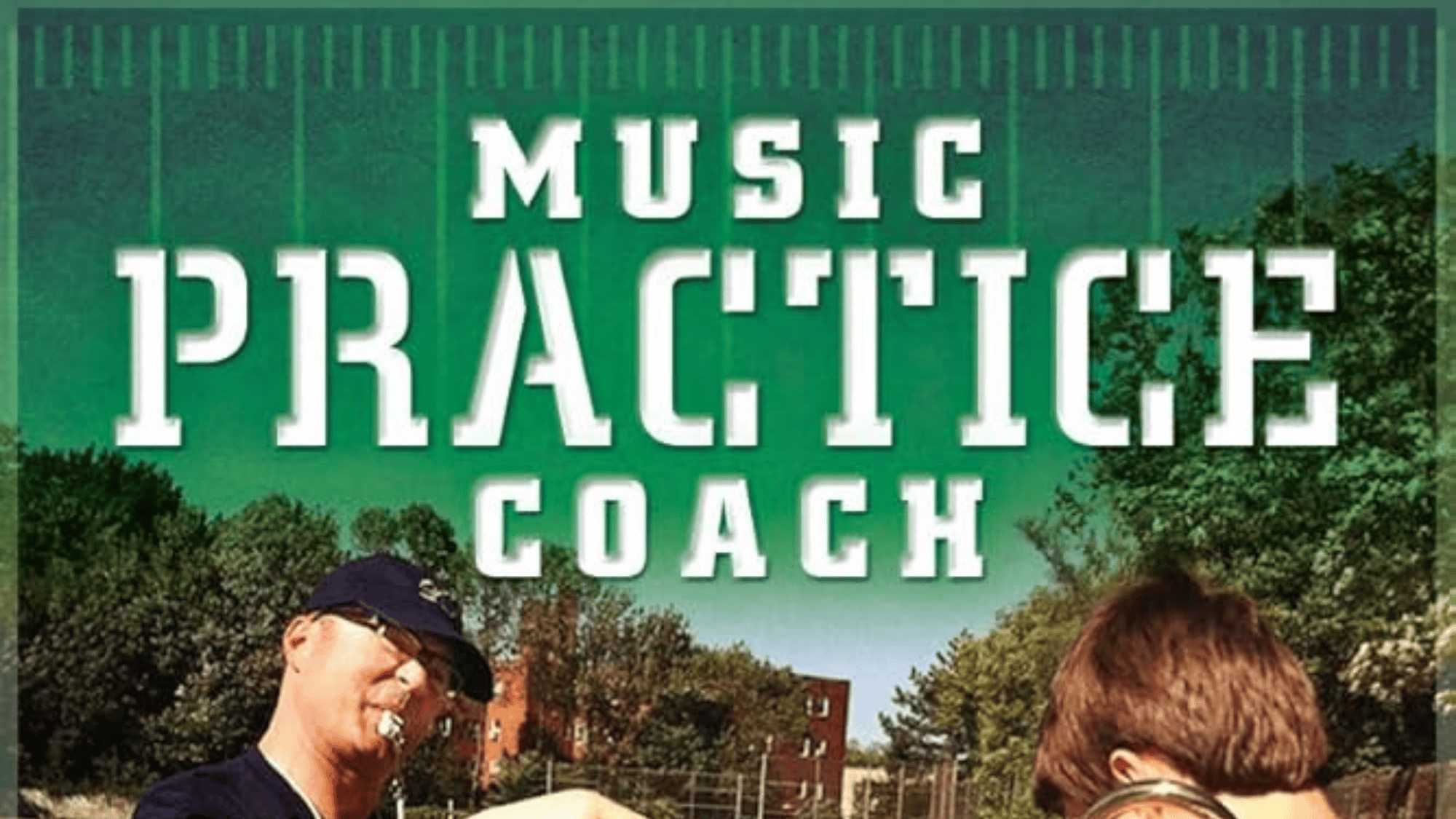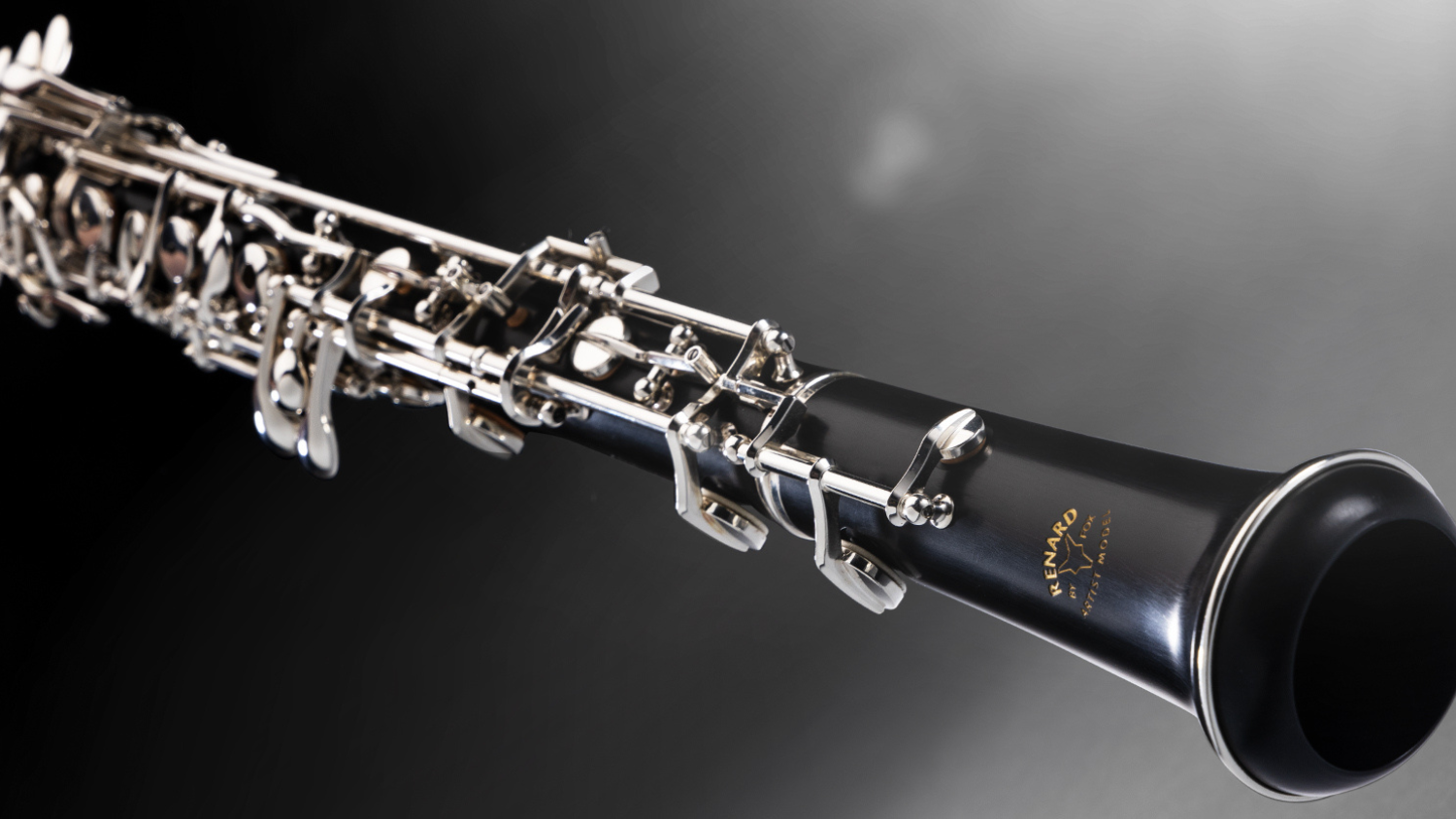Let’s learn a five-step process for achieving your goals. The acronym S.M.A.R.T. will help you remember each step.
These S.M.A.R.T. goal steps are:
S- SPECIFIC
M- MEASURABLE
A- ACTIONS
R- RESOURCES
T- TIME
SPECIFIC and MEASURABLE goals, with ACTIONS and RESOURCES over TIME. S.M.A.R.T. steps!
Now, let’s examine each step more closely. I will point out the important words in each phrase. I’ll show you the WRONG way, the RIGHT way and then you fill one that applies to something you’re struggling with. The first time you do this, it could take some time. That’s
okay. The important thing is to JUST KEEP DOING IT! It will get easier every time and pretty soon you’ll be able to recognize the steps right away.
“Sometimes, the ‘have to’ in practicing is more boring than the ‘want to.’ When you start and you’re into it for about 30 minutes, everything changes, from need to, to want to.” – Simone, violin, piano, guitar, voice
Specific
In order to be useful, your goal must be as SPECIFIC as possible. Define EXACTLY what you will do.
WRONG WAY: “I will learn to do those scale thingys.” (NOT SPECIFIC and thingy’s not
technically a real word)
RIGHT WAY: “I will learn to play all TWELVE MAJOR SCALES in TWO OCTAVES by MEMORYin EIGHTH NOTES at a metronome marking of 100 BEATS PER MINUTE.” (SPECIFIC)
EXERCISE: In a notebook, write out one of your goals and ask yourself: “Is it specific enough?” If it isn’t, continue to hone and refine the goal until it is.
“It’s called wood-shedding. You sit down until you take care of business. Work it out between you and your axe. Breathe, buzz, play, and repeat on days that end with ‘Y’!” -Dave
Measurable
Your SPECIFIC goal should also be MEASURABLE. It must be easy to know if the goal was met. You did it or you didn’t. What is the measurement? There is no “Uh, sort of.”
WRONG WAY: “I will kind of sort of play my scales for my teacher well enough so that they don’t yell at me or quit and go sell real estate.” (SPECIFIC but not MEASUREABLE, unless you want your teacher to quit and sell real estate)
RIGHT WAY: “I will learn to play all twelve major scales FOR MY TEACHER in two octaves by memory in eighth notes at a metronome marking of 100 beats per minute WITH NO
MISTAKES.” (SPECIFIC and MEASURABLE)
EXERCISE: Referring to the earlier SPECIFIC goal, ask yourself: “Can I measure my progress on this goal?” This should be a yes or no answer. If it isn’t, you may have to make it more specific or look for other ways to measure your progress
Actions
Now that you have a SPECIFIC, MEASURABLE goal, it’s time to pick the ACTIONS you will use to accomplish it.
WRONG WAY: “I will play all twelve major scales for my teacher in two octaves by memory in eighth notes at a metronome marking of 100 by, um, doing stuff.” (SPECIFIC and MEASURABLE, actions are too vague. And you say “um” too much)
RIGHT WAY: “I will play all twelve major scales for my teacher in two octaves by memory in eighth notes at a metronome marking of 100 by using SLOW PRACTICE, FINGER PATTERNS, and RECORDING THEM.” (SPECIFIC and MEASURABLE, with ACTIONS)
EXERCISE: Now that you have a SPECIFIC, MEASURABLE goal, ask yourself: “Do I know which ACTIONS will help me achieve my goal?” If not, brainstorm some other possibilities to help you get there. Can you come up with five? Ten? More?
Resources
ACTIONS rely on RESOURCES. In the above example, slow practice is made easier through the use of a metronome.
Resources can be physical, like a metronome, or personal, like a teacher. They even include such things as time and a
place to practice.
WRONG WAY: “I will play all twelve major scales for my teacher in two octaves by memory in eighth notes at a metronome marking of 100 by using slow practice, finger patterns, and recording them. I will use my invisible friend Harold. He will tell me what notes to play.” (SPECIFIC and MEASURABLE, with ACTIONS but if you have an invisible friend, maybe you should close this book and go play duets with them on the planet Drignut)
RIGHT WAY: “I will play all twelve major scales for my teacher in two octaves by memory in eighth notes at a metronome marking of 100 by using slow practice, finger patterns, and recording them. I will use my METRONOME, SCALE SHEET, FINGERING CHART, RECORDER and PENCIL.” (SPECIFIC and MEASURABLE, with ACTIONS and RESOURCES)
EXERCISE: Ask yourself: “Do I have the RESOURCES I need to achieve this SPECIFIC, MEASURABLE goal?” If not, list the ones you’re missing and make a plan for getting them as soon as possible!
Time
TIME is the final piece of the puzzle. In order for the goal to be met, it needs a due date. When will you have your scales ready? Bear in mind it may take some practice to set usable time limits. Sometimes we set a date that is too soon or too far into the future. Don’t worry if you get this wrong at first. Just keep adjusting until you find what works.
When practicing, it’s always tempting to leave the hard stuff and resort back to things we’ve already mastered. Because we start doubting our own musical ability. So we show off excerpts that are already polished as if to say, “Hey ego, check this out! I am a worthy player!” As enticing as it feels, resist this approach. The purpose of practice is to “improve.” Not to “prove.” – David Cutler, pianist & composer; author of “The Savvy Musician”
WRONG WAY: “I will play all twelve major scales for your teacher in two octaves by
memory in eighth notes at a metronome marking of 100 by using slow practice, finger
patterns, and playing the scales for my teacher. I will use my metronome, scale sheet, fingering chart, recorder, pencil and teacher to achieve this goal before I turn 92.” (SPECIFIC and MEASURABLE, with ACTIONS and RESOURCES. However, unless you are currently 91, you may want to look for a shorter period of time)
RIGHT WAY: “I will play all twelve major scales for my teacher in two octaves by memory
in eighth notes at a metronome marking of 100 by using slow practice, finger patterns, and
playing the scales for my teacher. I will use my metronome, scale sheet, fingering chart,
recorder, pencil and teacher to achieve this goal BY THE END OF THE SEMESTER.” (SPECIFIC and MEASURABLE, with ACTIONS and RESOURCES in a reasonable amount of TIME)
EXERCISE: It’s time to ask the final question about you goal: “Is my deadline appropriate?” Do you have enough time? Too much? Not enough? You may have to adjust the deadline a few times to find the right balance. Don’t panic, it is a part of the process.
“I really do not enjoy practicing without some sort of big goal. I need some sort of goal like ‘I want to be able to keep up at a jam session at a jazz club’ or ‘I want to play in the horn line for a rock band.’ Practicing with longer-term goals like that gives me motivation.” – Steve, euphonium and trombone.
REVIEW
Now that we’ve explored each step, let’s go back and look at our original “goal”: “I will learn to do those scale thingys.”
Here it is again, showing how it breaks down, according to the S.M.A.R.T. STEPS: “I will play all twelve major scales for my teacher in two octaves by memory in eighth notes at a metronome marking of 100 by using slow practice, finger patterns, and playing the scales for my teacher. I will use my metronome, scale sheet, fingering chart, recorder, pencil and teacher to achieve this goal by the end of the semester.”
Which one will be easier to achieve?
BONUS DRILLS!
- In the next ten minutes, set some specific short, mid and long-term playing goals.
If you’re stuck, think “today,” “this month,” and “this year.” (10 min) - Over the next week, memorize the S.M.A.R.T. steps (2 min a day, 10-15 min total)
- Compare your goals to the examples from the book to make sure that all five S.M.A.R.T.
qualities are covered.
Do this today! (10 min)






